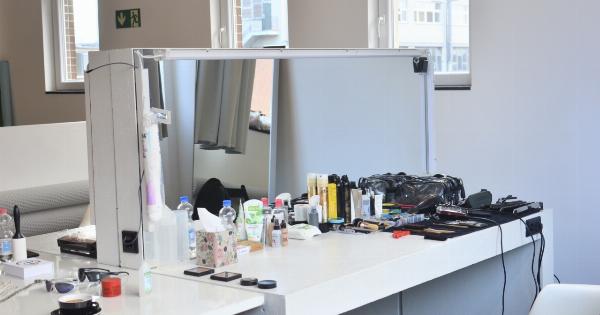Hair loss is a common problem faced by both men and women all over the world. It can be caused by various factors such as genetics, age, stress, medication, and hormonal changes.
While there are several treatments available in the market that claim to bring back lost hair, most of them are either ineffective or have side effects.
Recently, stem cell therapy has emerged as a promising solution for hair loss. In this article, we will take a closer look at stem cells, their potential to restore hair loss, and the current research being conducted in this field.
What are Stem Cells?
Stem cells are a type of cell that can differentiate into different types of cells in the body. They have the ability to self-renew and create new cells required for growth and repair.
Stem cells are present in various tissues and organs in the body, including the hair follicles.
There are two types of stem cells: embryonic and adult. Embryonic stem cells are obtained from the early stages of development in an embryo, and adult stem cells are present in different tissues of the body throughout life.
Stem Cells and Hair Growth
Hair growth is regulated by a complex system of signaling molecules, which involves stem cells, hair follicle cells, and dermal papilla cells. Hair follicles contain special stem cells that are responsible for hair growth and regeneration.
Scientists believe that hair loss occurs when the hair follicle stem cells become depleted, and the dermal papilla cells lose their ability to signal the stem cells to regenerate new hair.
Stem cell therapy aims to replenish these stem cells and restore the natural hair growth cycle.
How does Stem Cell Therapy for Hair Loss Work?
Stem cell therapy for hair loss involves injecting stem cells into the scalp to stimulate hair growth.
The stem cells used in this therapy can be obtained from various sources, including the patient’s own body, donor sources, or from embryonic stem cell lines.
The stem cells are extracted and prepared in a laboratory, and then injected into the scalp using a specialized technique.
These stem cells then migrate to the hair follicles and begin to differentiate into the various types of cells required for hair growth and regeneration.
What are the Benefits of Stem Cell Therapy for Hair Loss?
Stem cell therapy for hair loss has several benefits for patients, which include:.
- Non-invasive: Unlike surgical hair restoration techniques, stem cell therapy is non-invasive and does not require any incisions or stitches.
- Natural-looking results: Stem cell therapy helps to restore the natural hair growth cycle and produces natural-looking results that blend seamlessly with the existing hair.
- No side effects: Stem cell therapy is a safe and effective treatment for hair loss, with no side effects reported so far.
- Minimal downtime: Patients can resume their normal activities immediately after the treatment, with no downtime required.
Current Research on Stem Cell Therapy for Hair Loss
Several studies have been conducted to evaluate the effectiveness of stem cell therapy for hair loss.
One study published in the journal Stem Cells Translational Medicine found that injecting adipose-derived stem cells (ADSCs) into the scalp increased hair growth in patients with pattern baldness.
Another study published in the International Journal of Molecular Sciences found that mesenchymal stem cells (MSCs) derived from bone marrow could promote hair growth by inducing the proliferation of hair follicle cells and increasing the expression of hair growth-related genes.
While these studies show promising results, more research is needed to determine the optimal source and dosage of stem cells, as well as the long-term effects of stem cell therapy for hair loss.
Conclusion
Stem cell therapy has emerged as a promising solution for hair loss, offering patients a safe and effective treatment option with natural-looking results.
While more research is needed to determine the optimal use of stem cells for hair growth, the current research indicates that stem cell therapy could revolutionize the way we treat hair loss and restore hair growth in patients.



























